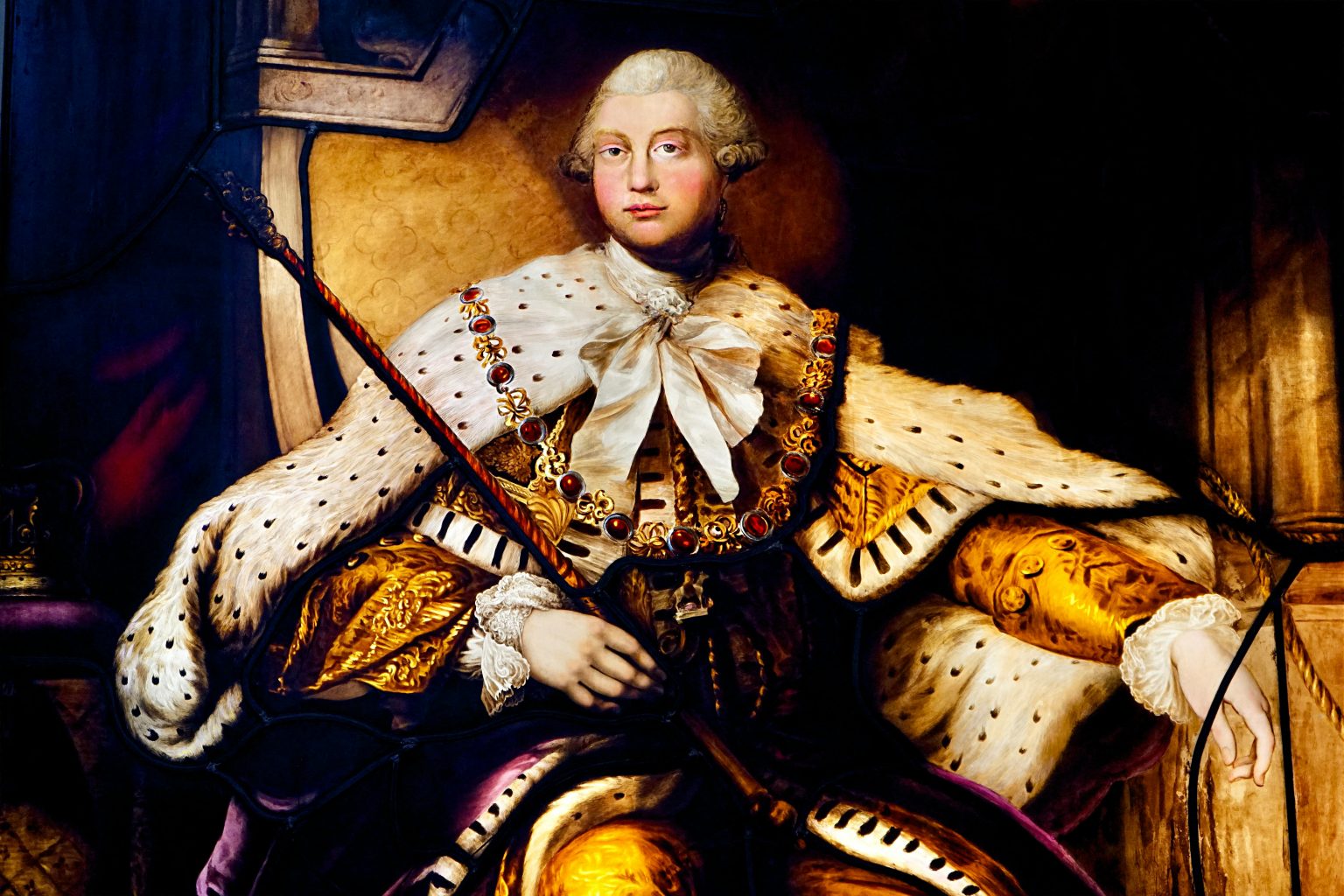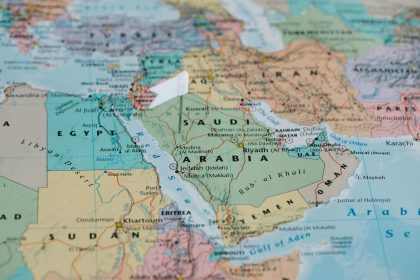Throughout history, the concept of royalty has captivated the imagination of many, inspiring tales of grandeur, power, and opulence. Monarchs, with their lavish lifestyles and intricate ceremonies, have always been at the heart of cultural narratives, and their journeys have often mirrored the splendor of their reigns. Royal tours—whether for diplomatic purposes, ceremonial events, or personal leisure—offer a fascinating glimpse into the lives of kings and queens, their realms, and the history that shaped them. In this article, we will explore the majestic routes taken by monarchs throughout history, examining the significance of these journeys and their impact on the cultures they traversed.
The Purpose of Royal Tours
Royal tours serve multiple purposes, from strengthening diplomatic ties and showcasing national pride to promoting tourism and cultural exchange. Historically, monarchs have traveled to meet with other leaders, negotiate treaties, and solidify alliances. The grandeur of these tours was often intended to display a monarchy’s wealth and power, reinforcing the ruler’s status both domestically and internationally.
For instance, during Queen Victoria’s reign, her royal tours were not just symbolic gestures; they were strategic moves that helped consolidate the British Empire. Her visits to India during the British Raj were emblematic of the Empire’s reach and influence. The tours helped integrate colonial subjects into the British narrative, showcasing the perceived benefits of British rule while also reinforcing the monarchy’s authority.
The Routes of Royal Tours
Royal tours often followed specific routes that showcased the beauty and grandeur of the land. These paths were meticulously planned, considering historical landmarks, cultural significance, and the region’s natural beauty.
1. The Royal Procession: A Tradition of Majesty
One of the most iconic aspects of royal tours is the royal procession. This tradition dates back centuries and typically involves a grand parade through the streets, attended by dignitaries and the public.
The State Opening of Parliament is an excellent example of a royal procession in the United Kingdom. The route from Buckingham Palace to the Houses of Parliament is adorned with flags and flowers, and thousands of citizens line the streets to catch a glimpse of the monarch. The opulence of the Golden State Coach, which has been in use since the 18th century, adds to the spectacle, symbolizing the enduring power of the British monarchy.
2. European Royal Tours: A Web of Alliances
In Europe, royal tours have historically been a means of fostering alliances among nations. The marriage alliances between royal families often necessitated grand tours to establish relationships and demonstrate unity.
For instance, the tour of Queen Marie Antoinette to Austria before her marriage to Louis XVI of France was a grand affair. It served to reinforce the political alliance between the two nations. Similarly, the travels of Prince Albert and Queen Victoria across Europe in the 19th century helped to strengthen ties with other monarchies and enhance Britain’s diplomatic standing.
3. The Indian Subcontinent: A Land of Royal Expeditions
The Indian subcontinent has been a significant destination for royal tours, particularly during British colonialism. The British Raj saw numerous royal visits, including those of Queen Victoria and King George V, designed to showcase British power and influence.
The grand Durbar ceremonies held in Delhi were particularly noteworthy. These events brought together various Indian princely states to pay homage to the British crown. The routes taken during these tours often highlighted the richness of Indian culture, architecture, and history, with stops at magnificent palaces, forts, and temples. The tours also promoted British interests in India, consolidating their rule while simultaneously showcasing the diversity and beauty of the subcontinent.
4. The United States: A New Frontier for Royal Visits
In the 20th and 21st centuries, royal tours have extended beyond European boundaries, with visits to countries like the United States becoming increasingly common. Queen Elizabeth II’s 1957 visit to the U.S. was a landmark event that symbolized the strong ties between the two nations.
The Queen’s tour included stops at iconic American landmarks, from the White House to the Grand Canyon. This journey showcased the U.S. as a burgeoning global power and reinforced the image of the British monarchy as a contemporary institution engaging with the modern world.
Cultural Impacts of Royal Tours
Royal tours have had a lasting impact on the cultures they touched. These journeys often result in increased tourism, cultural exchange, and economic benefits for the regions visited.
1. Tourism and Economic Boost
Monarchs’ journeys often increase interest in the regions they visit, significantly boosting local tourism. The historical significance of royal tours, combined with modern marketing, has turned many royal routes into tourist attractions.
For example, the paths taken by Queen Victoria during her tours of the Scottish Highlands have become popular among tourists seeking to explore the landscapes that inspired her love for the region. Similarly, the routes taken by modern royals, such as Prince William and Kate Middleton, during their engagements often result in heightened interest in the areas they visit.
2. Cultural Exchange and Diplomacy
Royal tours also serve as a platform for cultural exchange. When monarchs visit other countries, they often participate in cultural events, showcasing the traditions and customs of both nations. These interactions can lead to greater understanding and appreciation between different cultures.
For instance, during Emperor Akihito’s state visit to the United States, he participated in various cultural events that highlighted Japanese traditions. Such exchanges foster goodwill and strengthen diplomatic relations.
Conclusion
Royal tours have played a significant role in shaping nations’ history, culture, and diplomacy. From the grand processions that display monarchies’ wealth to the cultural exchanges that foster understanding and cooperation, royal journeys continue to captivate the public’s imagination.
As we reflect on the majestic routes taken by monarchs throughout history, we see a tapestry woven from tradition, power, and culture. These tours illuminate the lives of those who ruled and provide insight into the rich histories of the nations they traversed. The legacy of royal tours is enduring, reminding us of the intricate connections that bind our world together through history, culture, and shared experiences.



